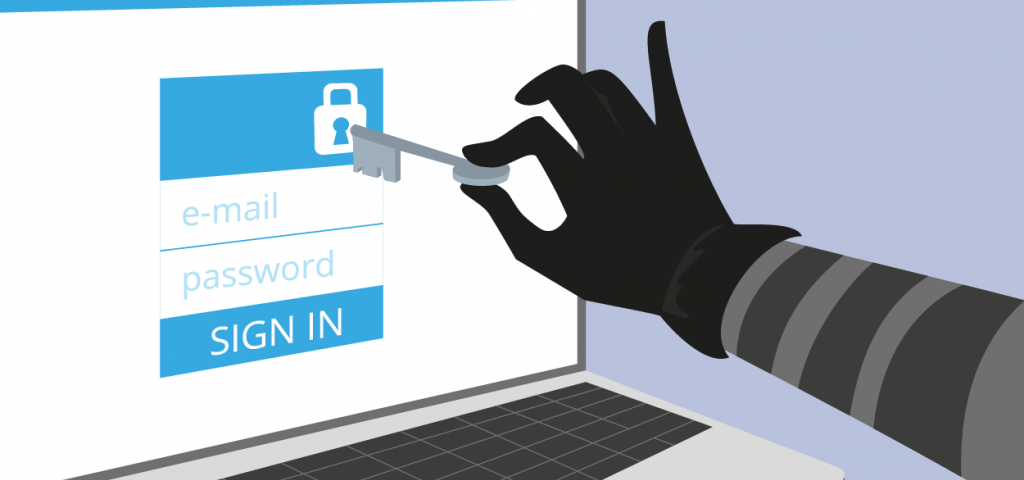The number of fraudulent attacks against Brazilians reached 1.9 million in the first half of 2021, which corresponds to an increase of 15.6% over the same period last year
Retail was the sector that had the biggest growth in the number of fraudulent attacks in Brazil, in the comparison between the first half of 2020 and 2021. The jump was 89.5% in this period, which represented 167,000 more attempts. Adding up all segments, there were 1.9 million blows in the same period, which corresponds to a criminal move every eight seconds, according to Serasa Experian’s Fraud Attempts Indicator. Among the main fraud attempts verified by the entity are the use of false or stolen documents, issuing credit cards, opening bank and corporate accounts.
Today, there are tools available to identify these attempts and prevent fraudsters from acting in different scams in the retail market. Understand how some of them work:
identity theft
Scammers use personal data and stolen information to make purchases, open bank accounts, issue cards and even apply for loans. In this way, they can carry out fraudulent financial transactions and the person responsible will be the owner of the card. As it is currently possible to carry out these operations easily by cell phone and in a completely digital way, the risks and the concern with security increase. Therefore, the use of different technologies is necessary to identify and stop fraud attempts.
In front of the cashier, one of the options is to invest in facial biometrics. Eládio Isoppo, CEO and co-founder of Payface, a startup of facial recognition for payments, explains that the tool can be more secure than traditional payment methods. “We allow the technology to differentiate the face of a real person from a photo, video or even a user’s mask. As a result, payment forgery by fraudsters is much more difficult to happen”, he assesses. The solution connects the face of each user with the most different payment methods used by retailers, eliminating the use of cards or passwords and ensuring greater validity of transactions.
For issuing cards or bills, Stéfano Santos, commercial director at Stoque, a company that develops automation and digitization technologies for processes and documents, explains that investment in artificial intelligence technologies is essential. “The face match technology, for example, will analyze whether the selfie sent by the customer and the photo of the identity document are of the same person and recognize patterns that indicate whether the person is in a vulnerable situation, inattentive, with eyes closed or in a hospital bed. The OCR (Optical Character Recognition) recognizes and extracts information from the document and points out when there are divergences and manipulations”. All this happens in an automated way and without human intervention.
cashless technology
In physical retail, an innovation that can help to prevent fraud is called cashless, a payment made without cash or debit and credit cards. In this method, the financial transaction can span multiple technologies, the most common being an NFC application or an RFID wristband or card. In the first case, the customer’s app communicates with the establishment’s smart front-cash device for payment; while, in the second, the customer includes prepaid-style credits on wristbands or cards and brings them close to the RFID reader for the amount to be debited.
“Although this technology seems far from the reality of many entrepreneurs, it can be applied in any type of establishment without high costs. In Brazil, it is still starting, but in countries like Denmark and Sweden, the modality is already very strong in stores”, explains João Pompeo, CEO of Eyemobile, a company that develops a complete technology system for physical and digital sales. In addition to eliminating queues and modernizing the business, cashless has the benefits of reducing the chances of password theft, banknote falsification and fraud, reducing to almost zero the possibility of intrusions and theft due to its secure connection technologies and encrypted.



